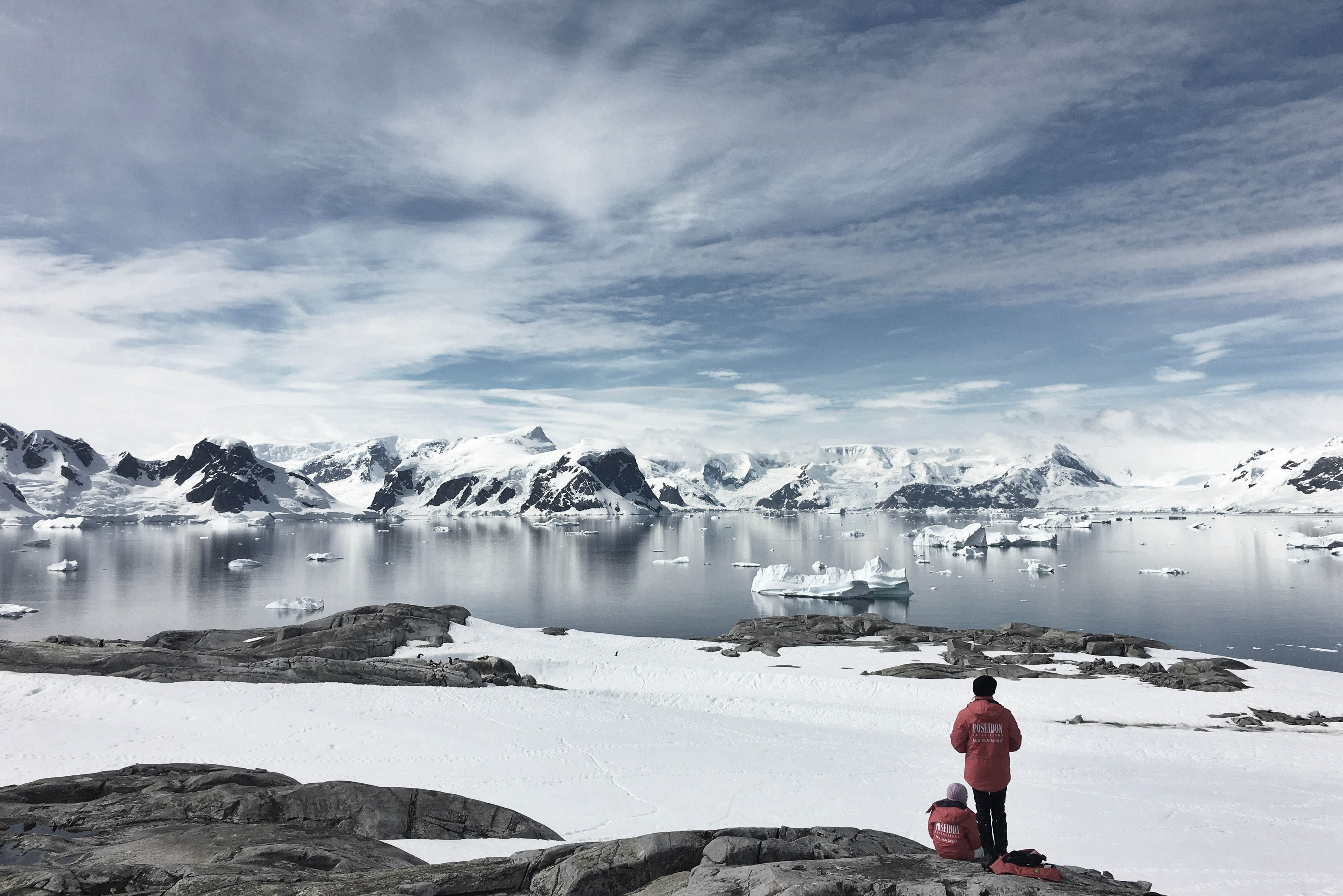In 2008, just over 32,000 travelers visited Antarctica. By the 2024–25 season, that number will be closer to 150,000. It’s still a fraction of global tourism numbers, but the growth is significant, and in a place as ecologically delicate as this, every footprint matters. With more eyes on the ice, there comes an undeniable responsibility: to protect one of the most fragile environments on Earth.
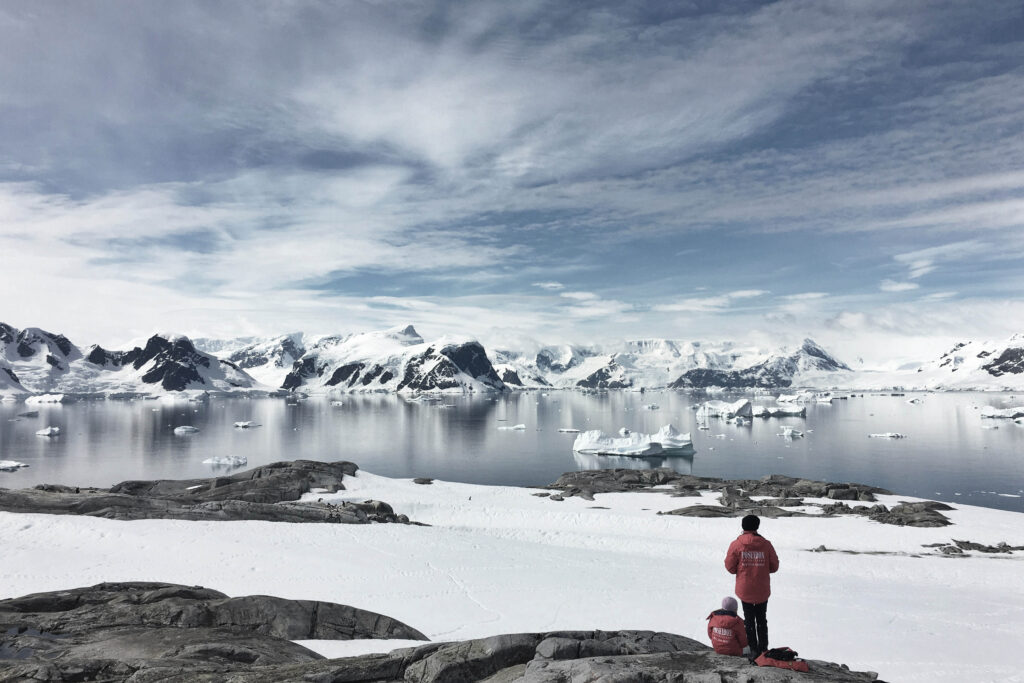
The International Association of Antarctica Tour Operators (IAATO) is a voluntary, self-regulating alliance of companies committed to being environmentally responsible and providing safe private-sector travel to the continent. Formed in 1991, IAATO works in line with the Antarctic Treaty System to set strict environmental and safety guidelines for all operators and visitors. If you travel with an IAATO-member company, you can be sure your trip adheres to the most rigorous standards in the industry.
That protection begins before you even set foot on the continent. Operators ensure that before every landing, guests get a mandatory briefing from the expedition team, covering exactly how to move, where to stand, and what to avoid. You never approach closer than five meters to wildlife. Nothing — not backpacks, not tripods, not even a glove you’ve taken off — is ever placed on the ground. The goal is to watch without altering a single detail of what you’ve come to see.
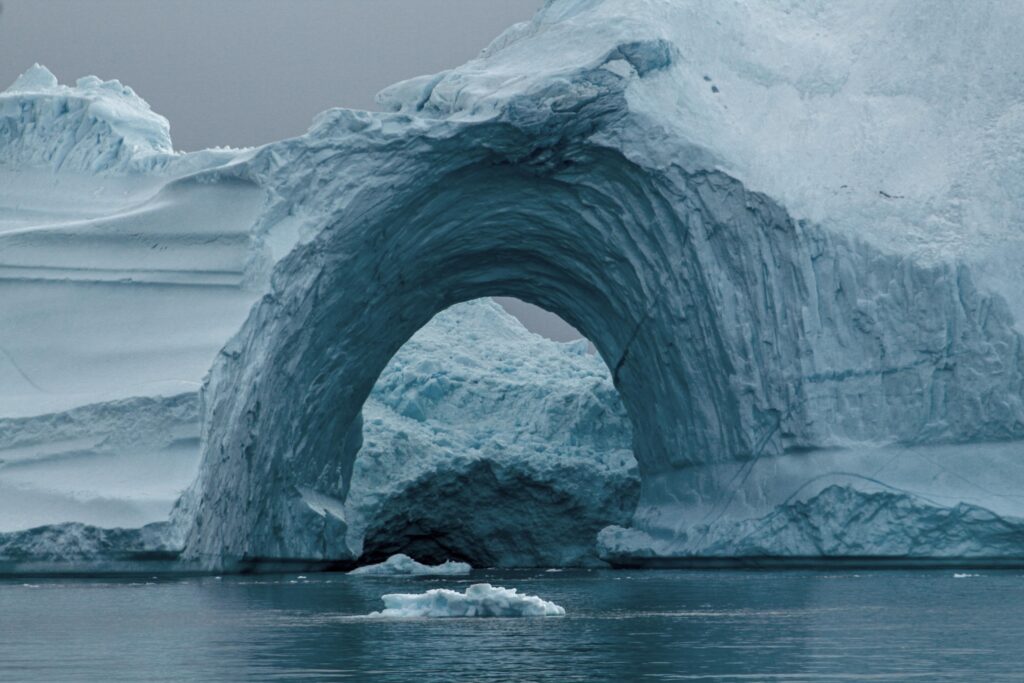
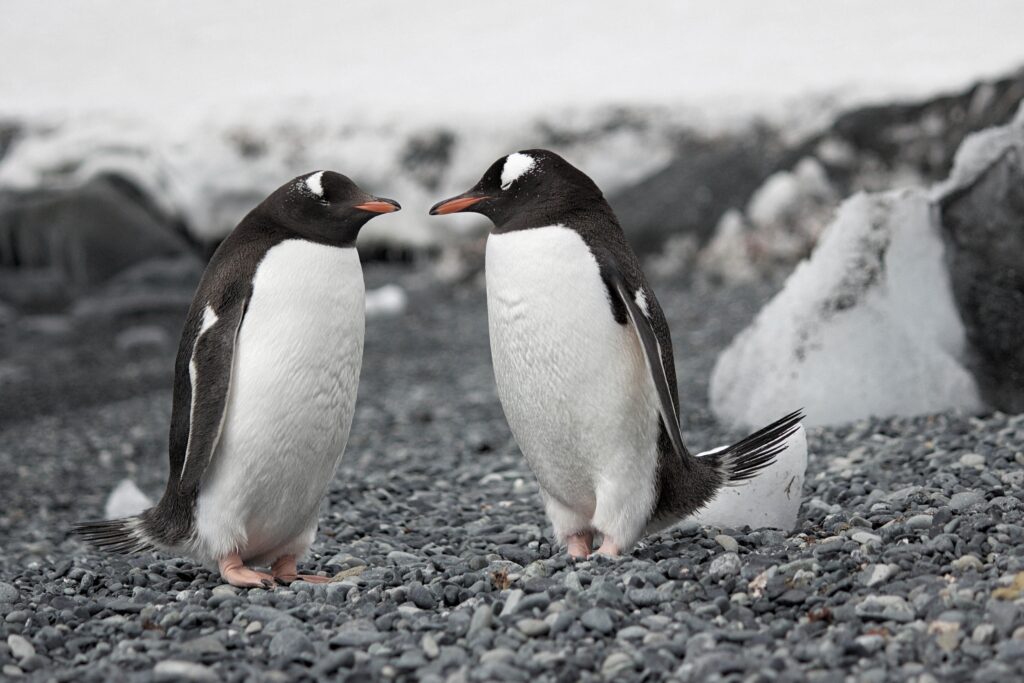
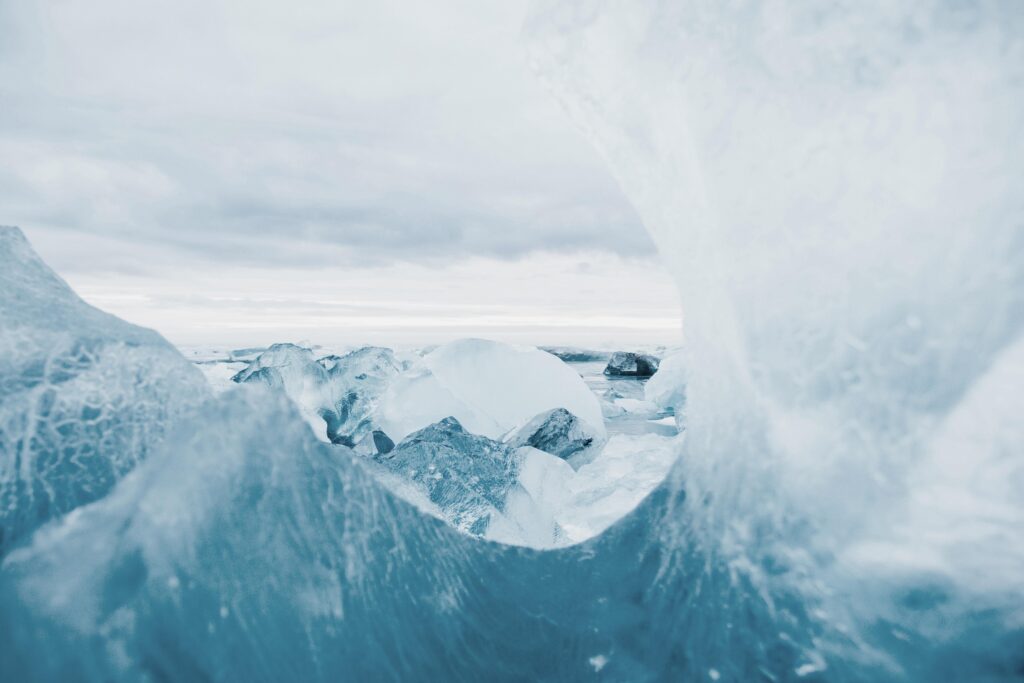
Staff disinfect boots and gear before and after stepping ashore, a safeguard against introducing seeds, spores, or microbes from elsewhere. Visitor numbers are strictly capped at each landing site to reduce stress on wildlife, and guides maintain careful spacing between groups so the only sounds the penguins hear are the wind and the sea.
For the best operators here, sustainability is not a marketing flourish, it’s a mandate.
- Silversea Expeditions is a certified B-Corporation, meaning its entire operation is measured and audited for social and environmental performance.
- Antarctica21, a pioneer of the fly-cruise model, is 100% carbon neutral and launching its first hybrid-powered expedition ship in 2026.
- Ponant is investing in cleaner propulsion and was the first luxury cruise company to build an icebreaker designed to meet modern environmental standards.
- Atlas Ocean Voyages, with its smaller ships and wellness-driven ethos, has incorporated extensive plant-based dining to reduce the ecological footprint of onboard catering.
Each of these choices — from hull design to menu planning — ripples outward into real impact.
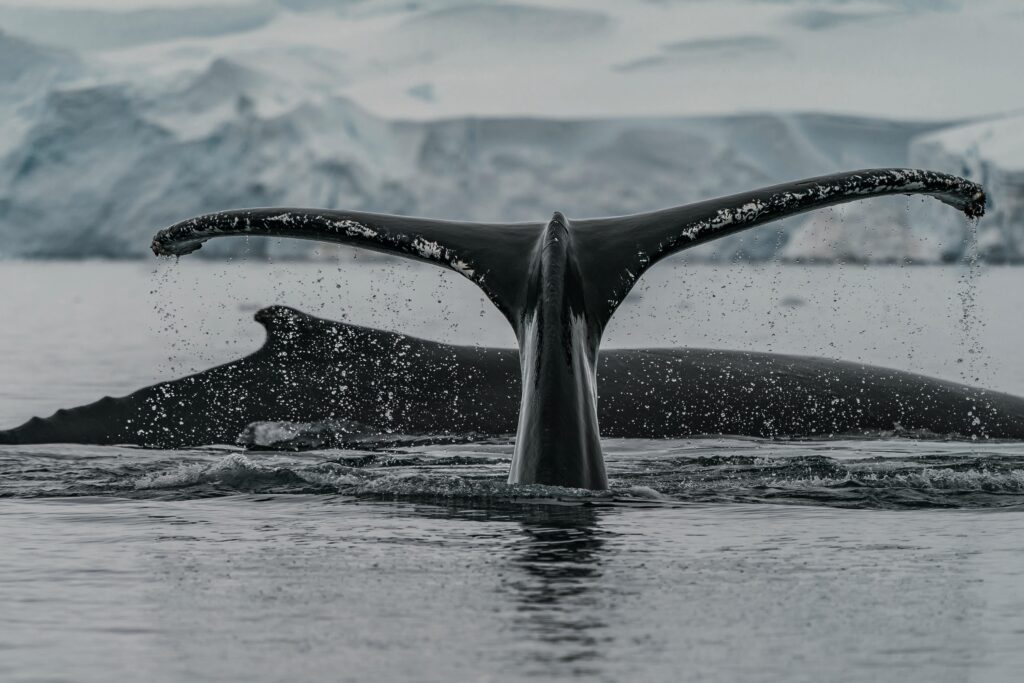
Waste is a particular focus. On ship-based voyages, nothing is left behind; all garbage, recycling, and wastewater are processed according to IAATO standards and carried back to port.
On deep-field expeditions, where operators fly in every item from Cape Town, the logistics are even more extreme. White Desert counts the weight of every potato before it boards the plane, peeling them in advance so that the skins never touch Antarctic soil. Every gram removed from the supply chain reduces both environmental impact and fuel burn.

In the vast remoteness of the Antarctic interior, medical readiness is also part of responsible travel. Reaching the South Pole, consider this strange fact: when in Antarctica, International Space Station astronauts are closer to you than to any other humans on Earth. What a thought!
That reality means having triage-trained doctors on staff is non-negotiable. Every team prepares for the rare but serious emergencies that can arise so far from help, from altitude sickness to fractures on the ice.
Travel here is never just about the experience. It is about stewardship. The rules may seem strict, but they form an unspoken pact between travelers and the land they’ve come so far to see.
You are not the first to stand on this ice, and — if you do your part — you won’t be the last. Antarctica remains pristine because those who visit understand they are guests, not owners. If each traveler leaves it exactly as they found it, then generations from now, others will still stand in its silence, still feel the same awe, and still know what it is to watch the edge of the world breathe.
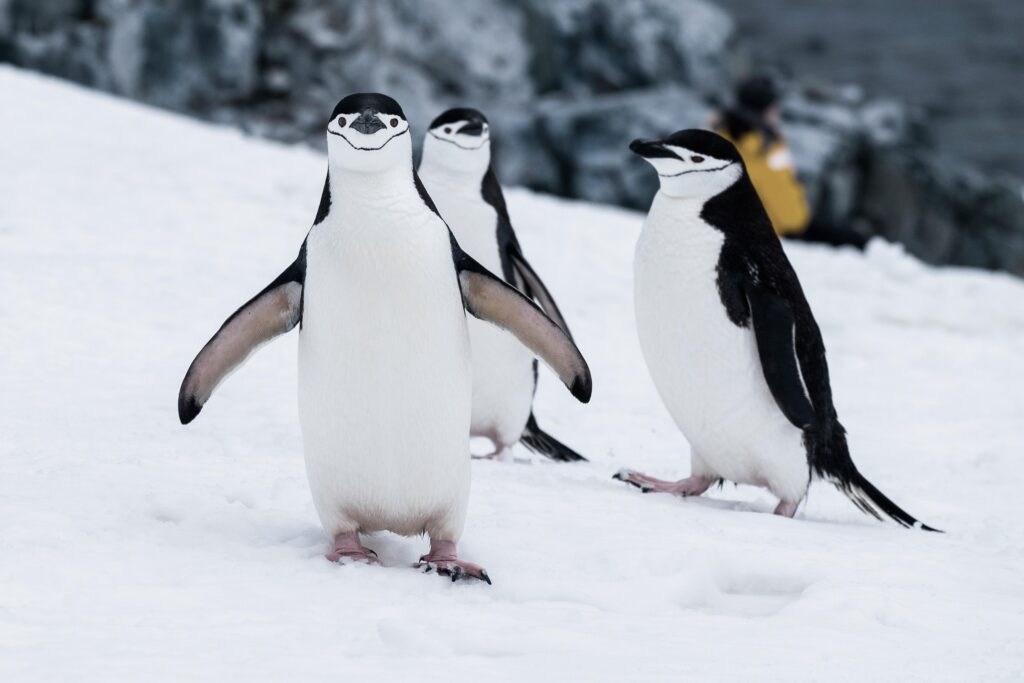
Responsible Travel to Antarctica: IAATO’s Core Guidelines
(Always followed by IAATO-member operators)
- Maintain a minimum of 5 meters (16 feet) from all wildlife.
- Do not touch, feed, or interact with animals in any way.
- Keep groups small and avoid surrounding wildlife.
- Do not place anything — backpacks, camera gear, clothing — on the ground.
- Thoroughly clean and disinfect boots and gear before every landing.
- Remove all waste from the continent, including food scraps.
- Avoid damaging plants, disturbing nesting sites, or collecting any natural materials (rocks, feathers, bones).
- Stay within designated visitor areas and follow marked paths where provided.
- Limit the number of visitors at a site at one time to reduce impact.
- Never fly drones without explicit IAATO approval.

